The Article
ATTESSA TURNTABLE FROM ROKSAN
30th November 2021
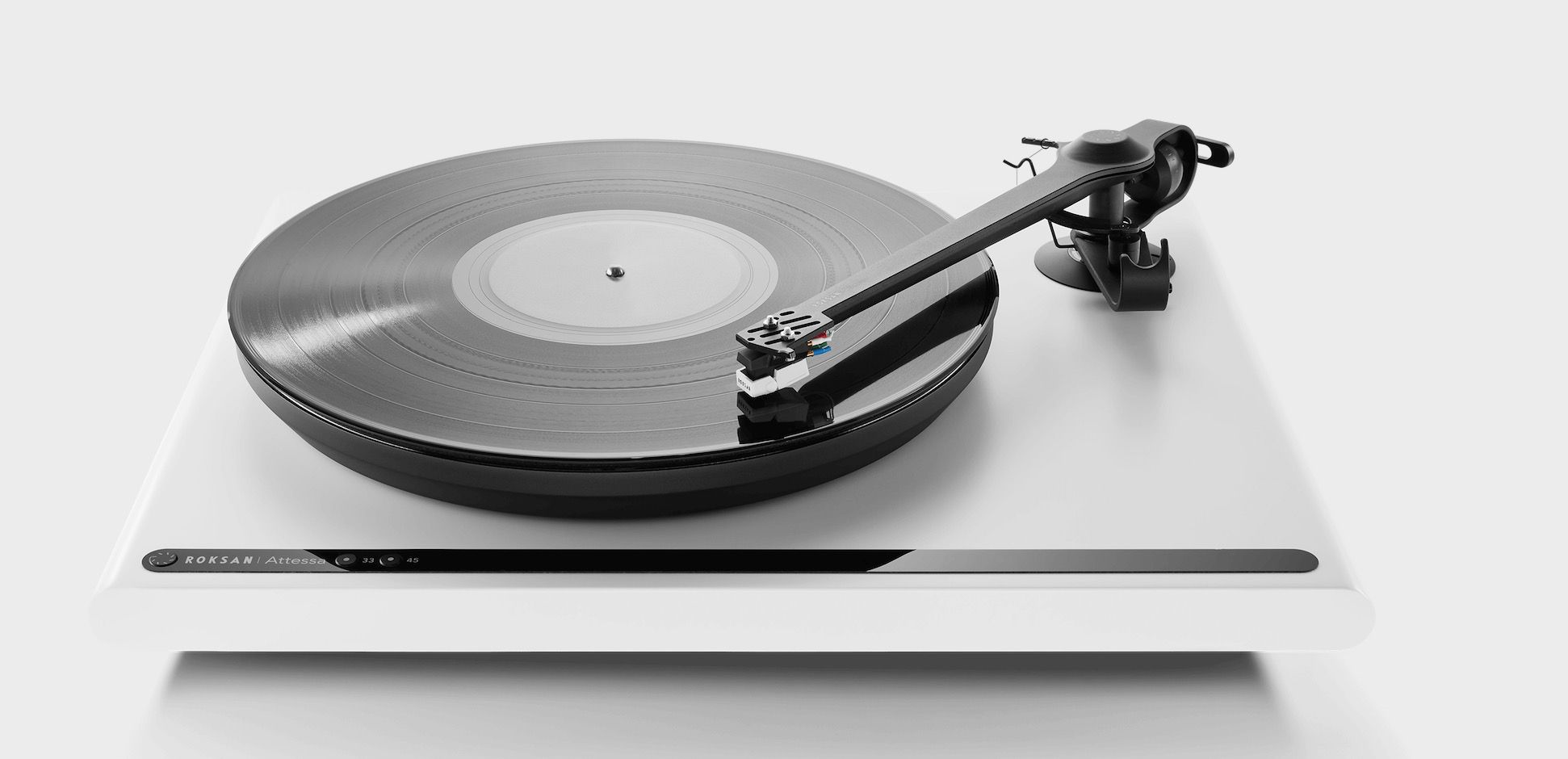
Looking for a turntable under £1k? Paul Rigby reviews this new belt drive design
It’s been a while. Since I reviewed a Roksan turntable that is. The last review I did was, if memory serves, the Xerxes 20 Plus over four years ago. So then. It’s about time. This design is relatively unusual because of its price. For a Roksan, under £1k is indeed a low price for a turntable.
What we have here is a compact design that doesn’t take an awful lot of installation time to get you up and running.
This is a twin-speed, belt-drive design weighing in at 6.3kg and spanning 432 x 115 x 353mm. An acrylic dust cover, basic tracking weight gauge for the cartridge and phono cable are included. The Attessa arrives with a rather groovy plinth with rounded edges.
Running on a stainless steel 303 bearing, the belt revolves around a small sub-platter. Over that is the main platter that is intriguingly built from 10mm of toughened glass, edged in anodised aluminium. On top of that is a fairly basic felt platter mat, made from that rather thicker material that feels less felt and more harder, processed fibres.
The built-in speed controller is a digitally synthesised AC signal generator including a factory-calibrated digital motor.
The rather striking tonearm is a unipivot with an aluminium 5052 section fitted to the lower part and ABS on the upper, flatter surface. It looks like a concept design or something Vertere might come up with.
What I didn’t like was the lack of a protective cradle clip to secure the tonearm. As it is, it’s all too easy to knock the tonearm off its cradle and damage the stylus.
The tonearm features an enclosed tracking force weight which rotates in use, producing a quite stylish substructure. Anti-skate is sorted via a simple wire and O-ring dangly bit that fits onto the tonearm and hangs over an angled piece of wire.
Attached at the rear of the tonearm is another tool to easily change the tonearm’s azimuth.
A DATE WITH DANA
Hanging off the front end is a moving magnet cartridge called the Dana. This new cartridge didn’t receive a great deal of attention from the initial Roksan marketing but I talked to the company and received more information. Basically, this design uses a bonded elliptical stylus shape and a diamond titanium stylus tip with a tapered aluminium cantilever. In fact, the same aluminium type as used in the tonearm. Weighing 6.4g, the cartridge demands a tracking force of 2g. Bought separately? Expect to pay £250.
The cartridge arrives fitted to the tonearm but I would advise you to not dive an and play the turntable ‘as is’. Now maybe a shop-bought Attessa is a different kettle of fish. Maybe my example has done the reviewing rounds and has been thoroughly messed about but my example needed the tracking weight readjusting and the basic position realigning so I would recommend that you thoroughly check the cartridge before you play.
Installing the turntable includes placing the main platter and mat over the sub platter, checking the cartridge and tracking weight, plugging in the very basic switch-mode power supply and switching on. There’s nothing too gratuitous here. You should be up and running in no time at all.
Before switching on, if you take one step back and gaze at the construction you’ll not how different it looks from most other models currently on the market. Roksan certainly has a unique design here. Yes, there are nods to Vertere with that tonearm and even the older Roksan Oxygene turntable from 2015 in terms of the round-edged plinth but the overall design looks unique and attractive, compact, neat and tidy. Of course, beauty is in the eye of the beholder but I liked it.
The interface is basic yet simple with a power button and two others for the speed selection. When you plug the turntable into the mains you only need to press the speed of choice to start the turntable. The motor is of a philosophical bent because it pauses for a moment, contemplates life and the universe and then pushes the platter into action.
Around the back is the usual pair of RCA outputs but inside is a built-in moving magnet-supporting phono amplifier. You can turn this unit on (active mode) or off (passive mode) but doing so means poking a pointy thing into a very small recess (your finger has no hope at all of reaching the switch) and then moving the tiny – and I mean tiny – switch left or right. I wonder how many times you’ll be able to poke at this switch before the switch itself deforms, mangles and crumbles under the pressure.
As it stands, this switch is arguably inaccessible but definitely hard to operate. I did ask Roksan about the design of this area and it replied, “The switch is designed to be deliberately hard to access to prevent a user accidentally switching it from passive to active once set up is complete.”
I find that part of the statement intriguing because the switch is placed at the rear of the plinth. A place turntable users tend not to approach during normal day-to-day use. But even those who treat this area with care, those who actually want to operate the switch, will find it hard going. So it feels that Roksan has been overly cautious here. To an extreme, in fact. This is the only feature on the turntable that I would call a genuinely bad design decision. It needs changing.
Let’s move from switches to sound now. How does the Roksan Attessa Turntable sound in operation?
SOUND QUALITY
I began the sound tests with a sound track and title track from Ennio Morricone. Metti, Una Sera A Cena provides a wordless female vocal fronting a string section, electric and acoustic guitars percussion and secondary percussion, bells and something resembling glockenspiel.
I’ve said this before but when I begin any sound quality test, I am normally struck by at least one aspect of the product’s personality. Something that stands out. Something that hits you first before all else. The epitome of that product’s personality.
That happened here too.
Why I got from the Attessa was this – an impressive transparency. That, I have to assure you, is no mean feat for any hi-fi product, never mind a turntable. What I normally get is big bass notes, upper mid detail, even dynamic reach but for the transparency to hit me first smacks of downright quality. So that first reaction was certainly promising and quite startling, to be honest.
I’ll give you an example of what I mean. The left channel on this track held the string section which sat right behind the vocal. The vocal itself was not exactly operatic but it was relatively complex and slightly masked the strings which hit the ear as a single band of violins.
Not any more via the Attessa. Oh no. What you heard with the Attessa was those violins but with a focused bit to their work. You could hear effort being placed in their movement so the strength behind their motion, the emotion of the reaction to the music itself, was palpable now.
The transparency element lay just beyond the first bank of strings. I say, ‘first bank’ because the ear, with the Attessa, now took note of a second bank of strings, just beyond, for the first time. Relatively subtle they were, that’s for sure and slightly buried but the second set occupied a lower register which was why these strings could be easily missed.
Nevertheless, they provided a tonal counterpoint to the first bank that actually provided a harmony of sort. One that I was hearing for the first time.
Now yes, this information is there. It’s always there but the ear tends not to pull towards it too often from a turntable at this price point. It’s not an obvious sonic feature. It takes a turntable of quality to separate the frequencies apart and to push through to the rear of the mix to scoop all of the available information on offer.
Bass, on the right channel didn’t suddenly leap forward or dominate here. It retained its position and power but bass did become larger, more imposing. Like a man mountain might do just by suddenly standing up from a sitting position, he becomes a focus of attention by his very presence. Without actually doing much. That’s what the Attessa provided to this track. Bass didn’t do much but it took the ear as as imposing presence now. It took a fuller part in the mix.
The guitars, both electric and acoustic, offered impressive precision with a real focus, the piano presented itself with great control while the cymbals showed impressive midrange insight, giving carefree splashes that send reverb tails in all directions.
Playing Thin Lizzy’s We Will be Strong from the album, China Town showed that the Attessa could rock with the best of them. The soundstage was big, impressive and allowed room for the bold and aggressive electric guitars to frame the music. Drums were solid. Powerful without masking the rest of the detail but also giving the ear a sense of force and conviction. Above all, the music here was suitably melodic. You couldn’t help but move the head, feet, arms and anything else that came to hand. Oh yes, hands too.
That the Attessa could cover the rock bases, while also allowing delicate cymbal taps to be clearly heard while big bass drums were hit and guitar wailed, was a testament to the instrumental separation from the Attessa.
PHONO AMPLIFIER
But what of that phono amplifier? I have to say, I quite liked the built-in phono amplifier. For a built-in phono amplifier, that is… It doesn’t and will not best an external model. Saying that, you could easily live with the internal model. It’s is basically neutral in presentation, offers decent focus around the bass and enough midrange information to allow you to relax and enjoy your music.
To make the most of the turntable though and, lets face it, you’re paying all of that cash on this turntable so why wouldn’t you want to maximise your heard-earned money, eh? On that basis, an external phono amplifier should be your first upgrade move here. Even so, if cash is tight, the internal model is certainly usable and will provide a good start on your Attessa sonic journey.
CONCLUSION
Offering a relatively compact, attractively designed chassis (it’s even a little futuristic in aesthetic terms), the Roksan Attessa is easy to set up, its easy to use and it offers a superb suite of sonic sweetmeats.
Bottom line? This is a quality product. It’s the sort of turntable that will have you nodding your head in knowledgable approval with bunched eyebrows a-plenty.
ROKSAN ATTESA TURNTABLE
Price: £995
Website: www.roksan.com
GOOD: transparency, midrange insight, confident bass, aesthetics
BAD: phono amplifier switch, no tonearm cradle latch
RATING: 8
[Don’t forget to check out my new Patreon Page at www.patreon.com/audiophileman, for exclusive postings, giveaways and more!]
REFERENCE
Tellurium Q cabling
Blue Horizon Professional Rack System
Harmonic Resolution Systems Noise Reduction Components

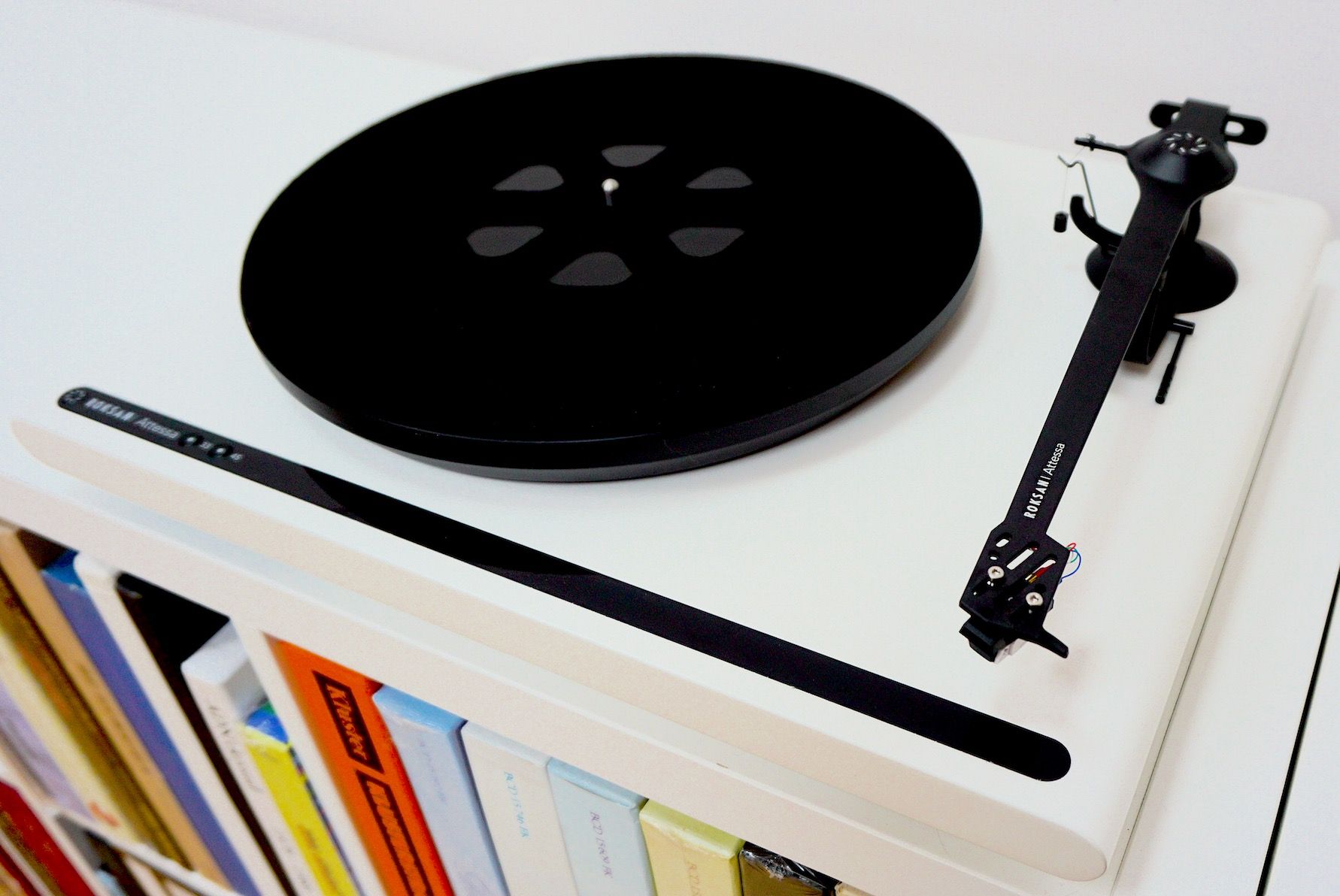
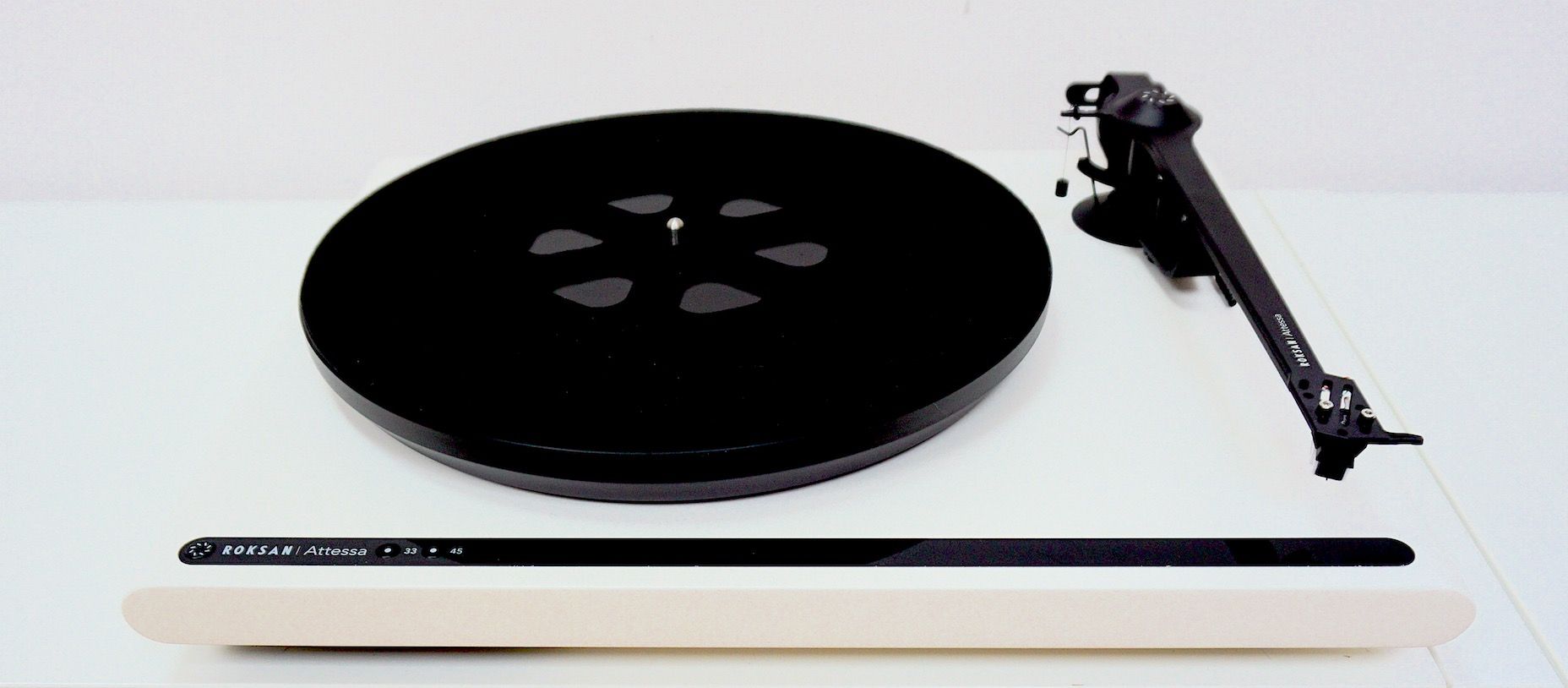
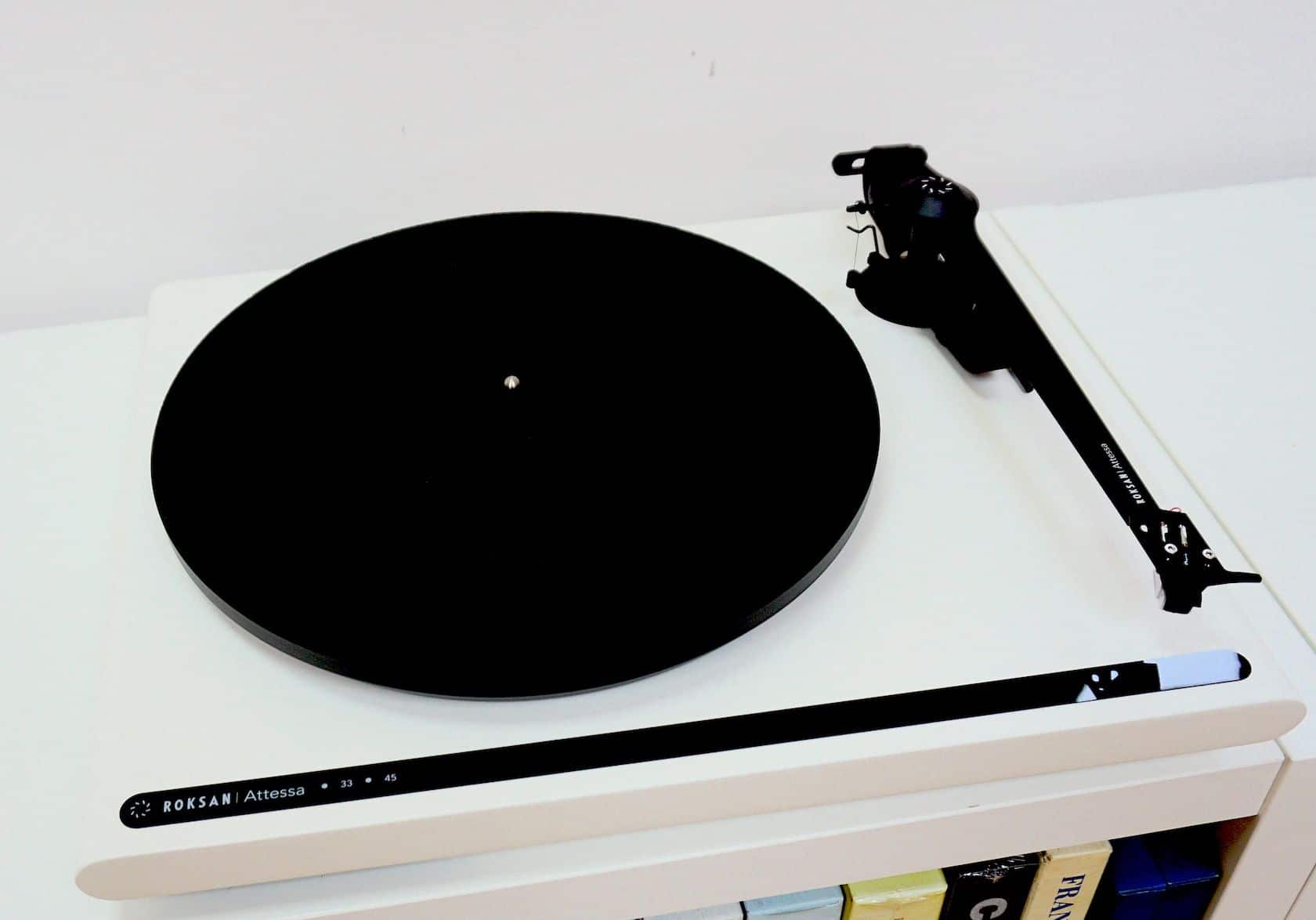
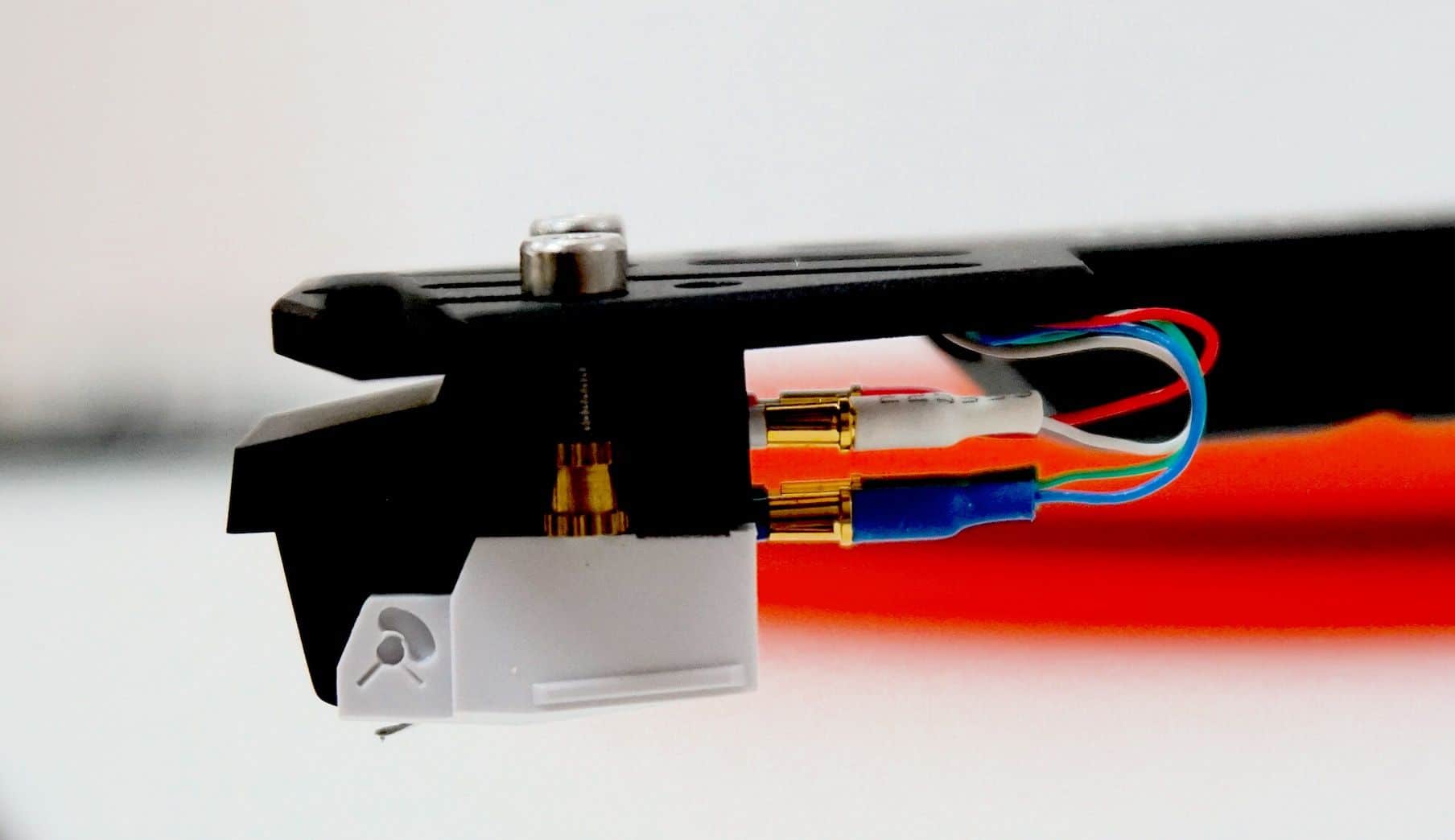
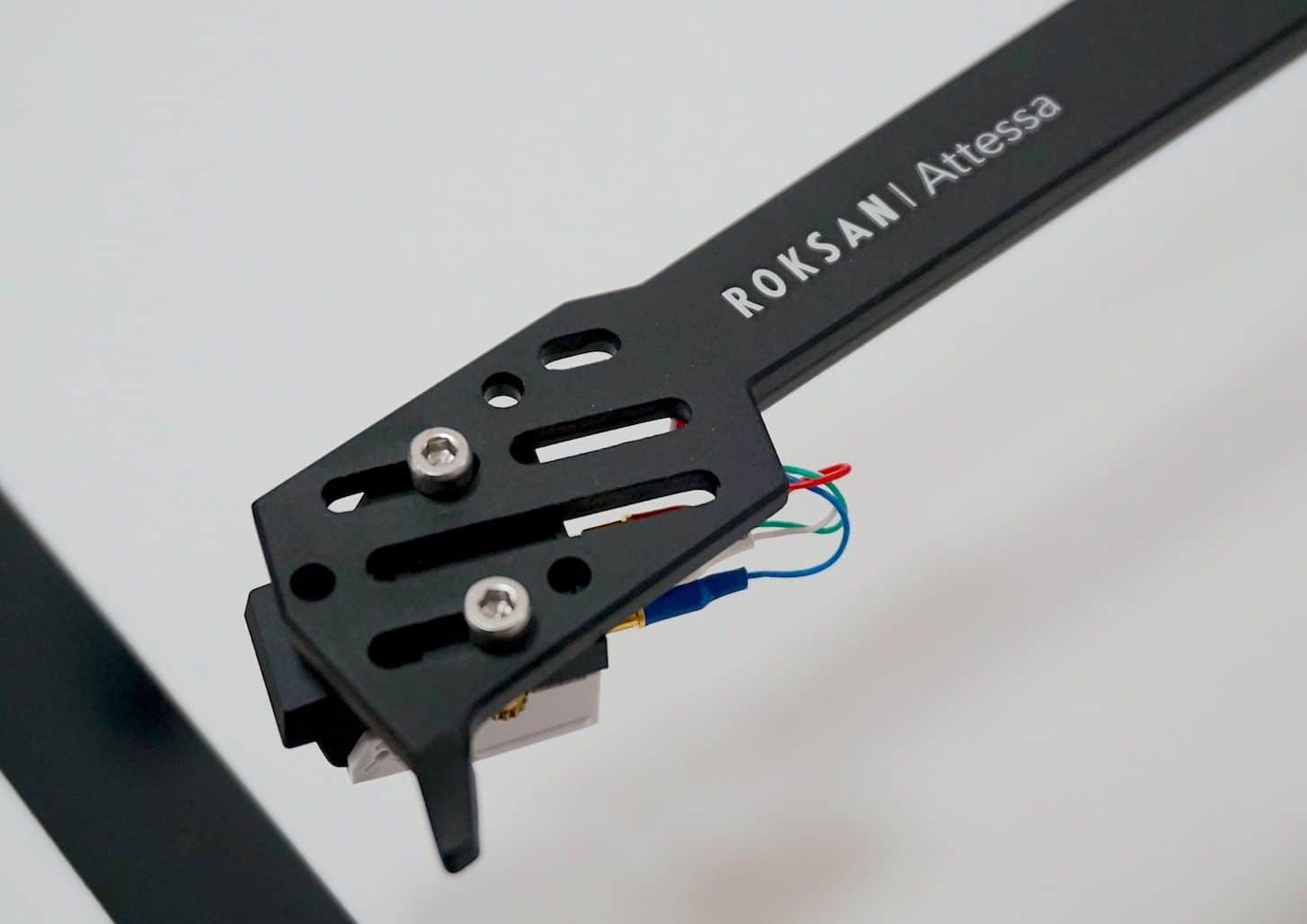
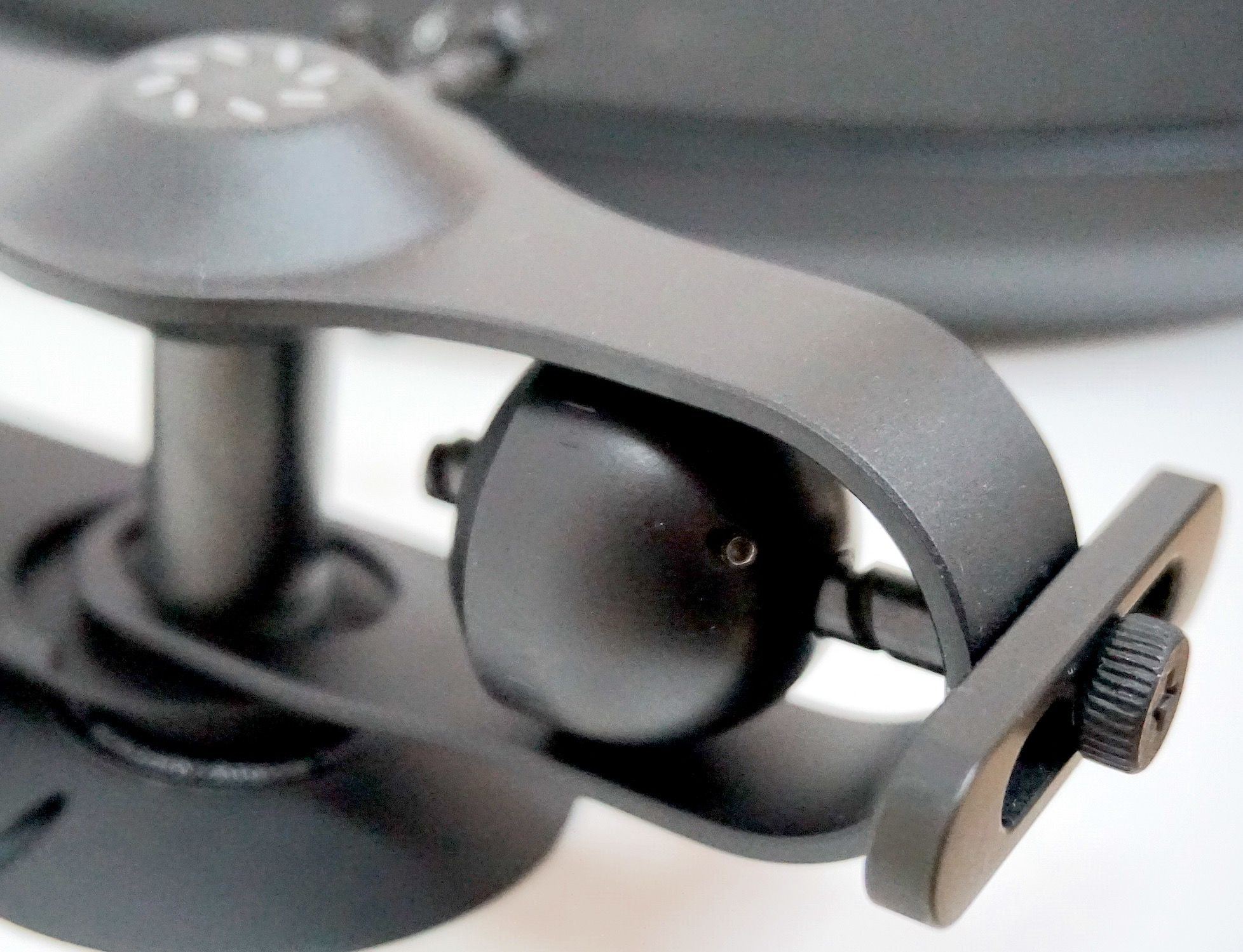

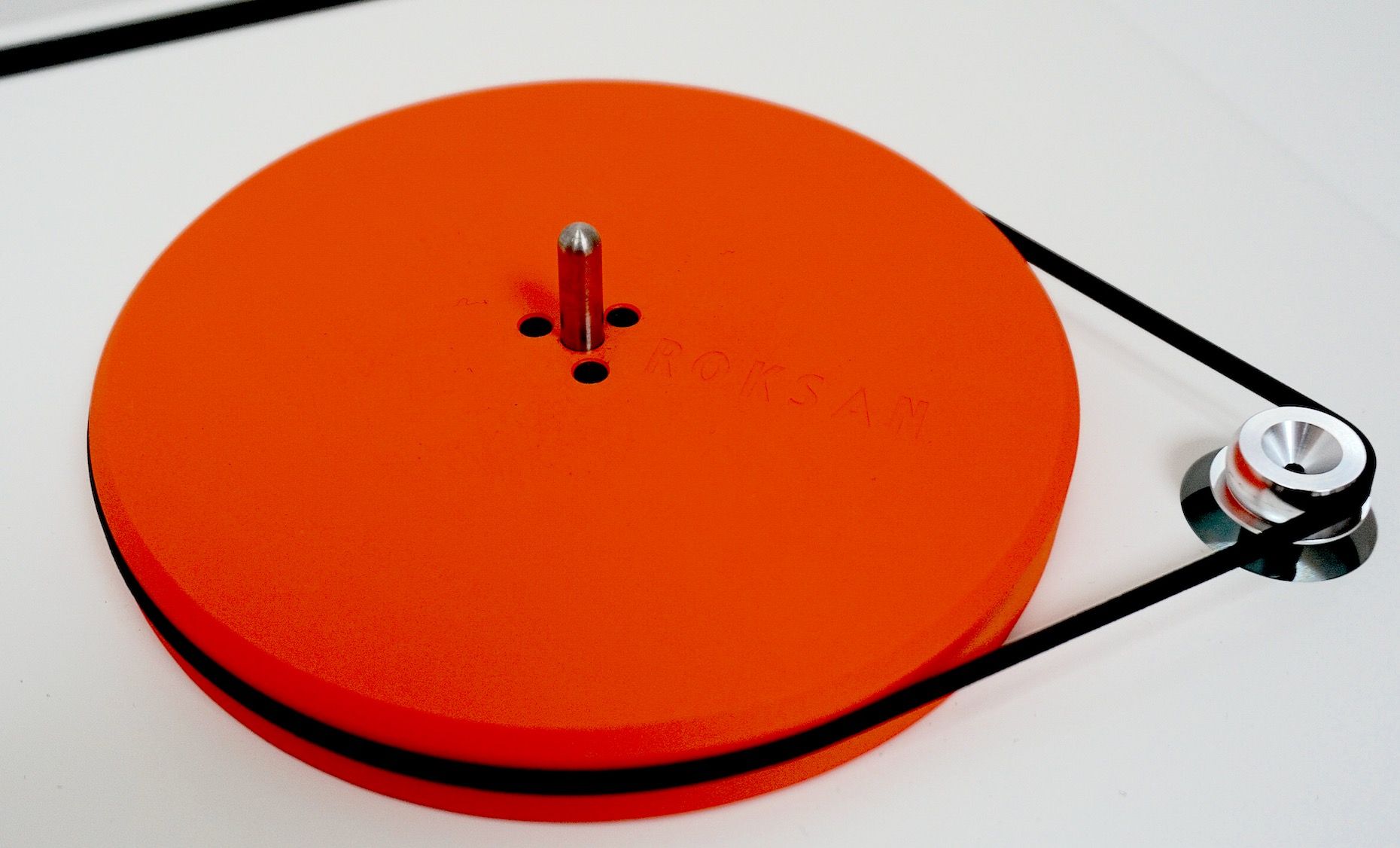
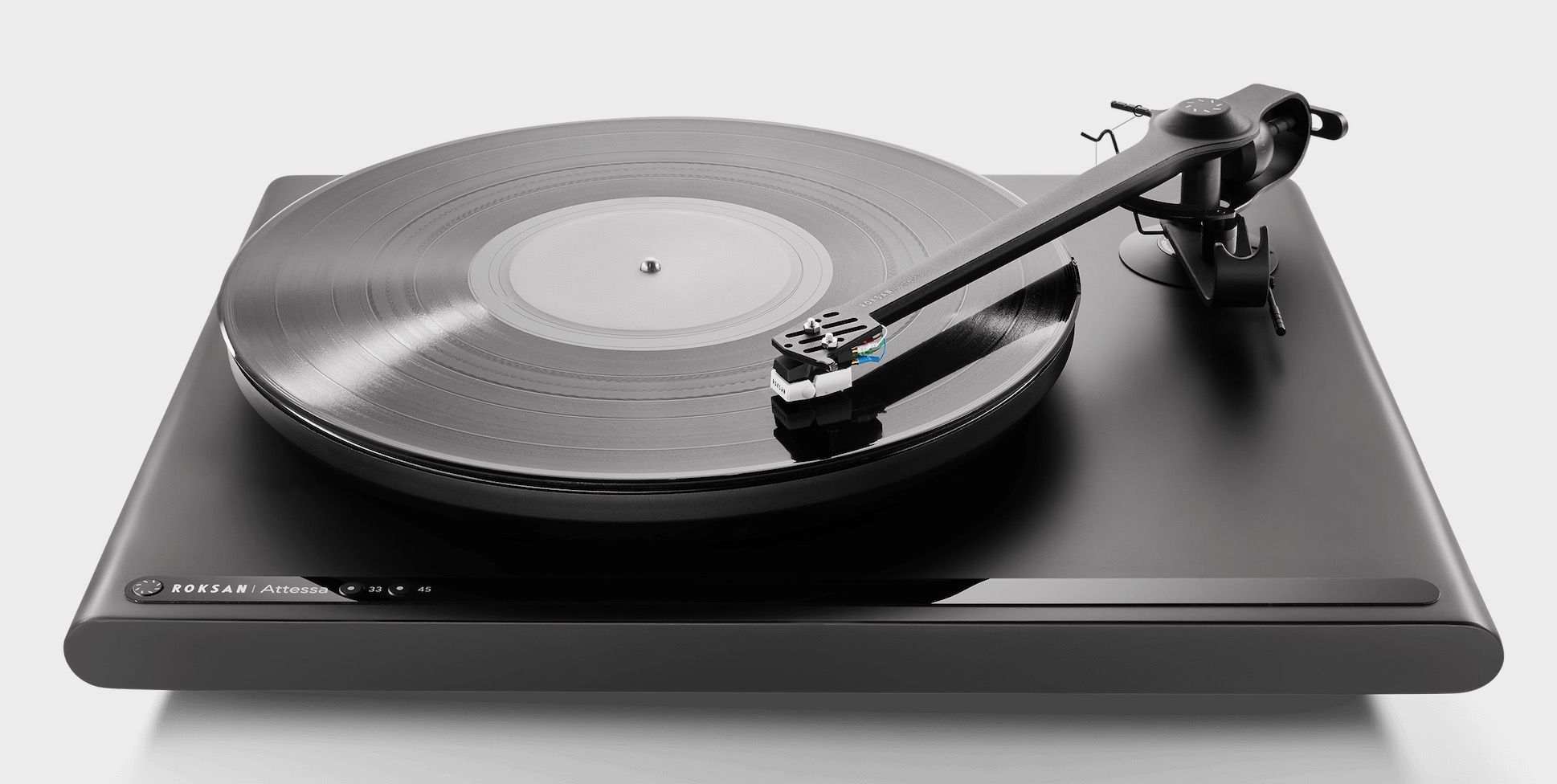
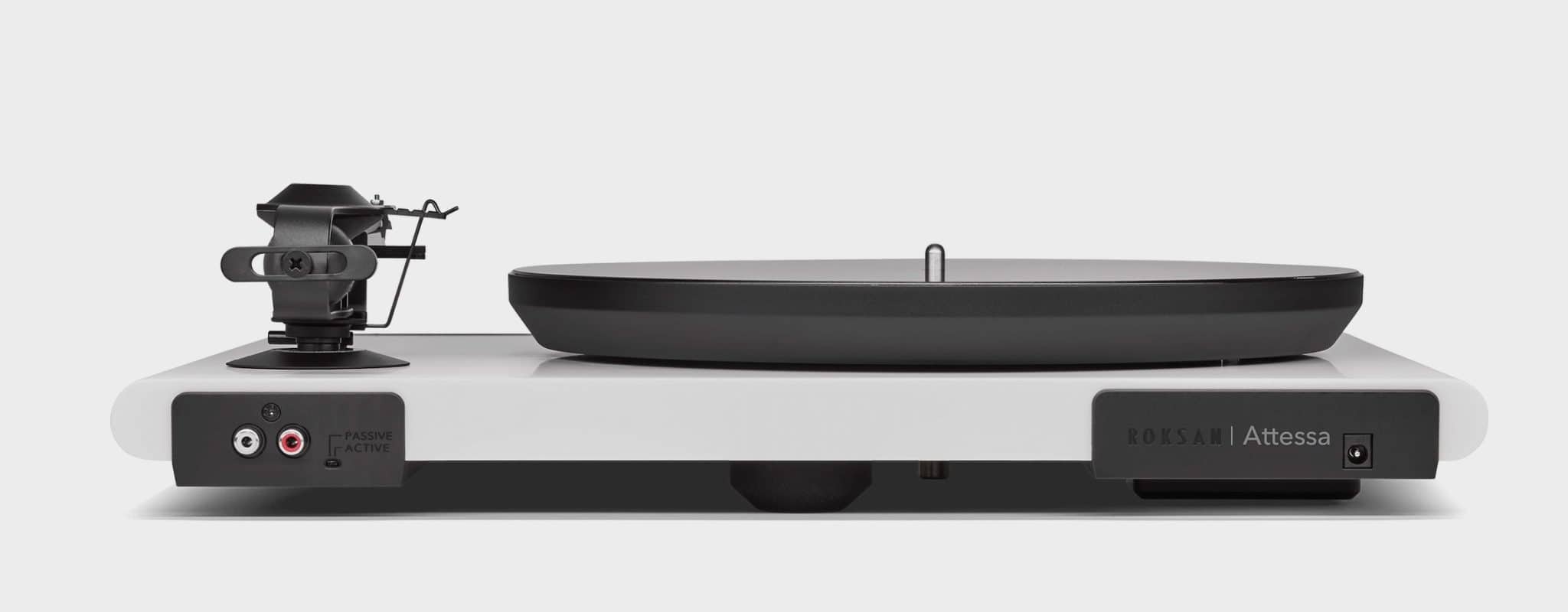
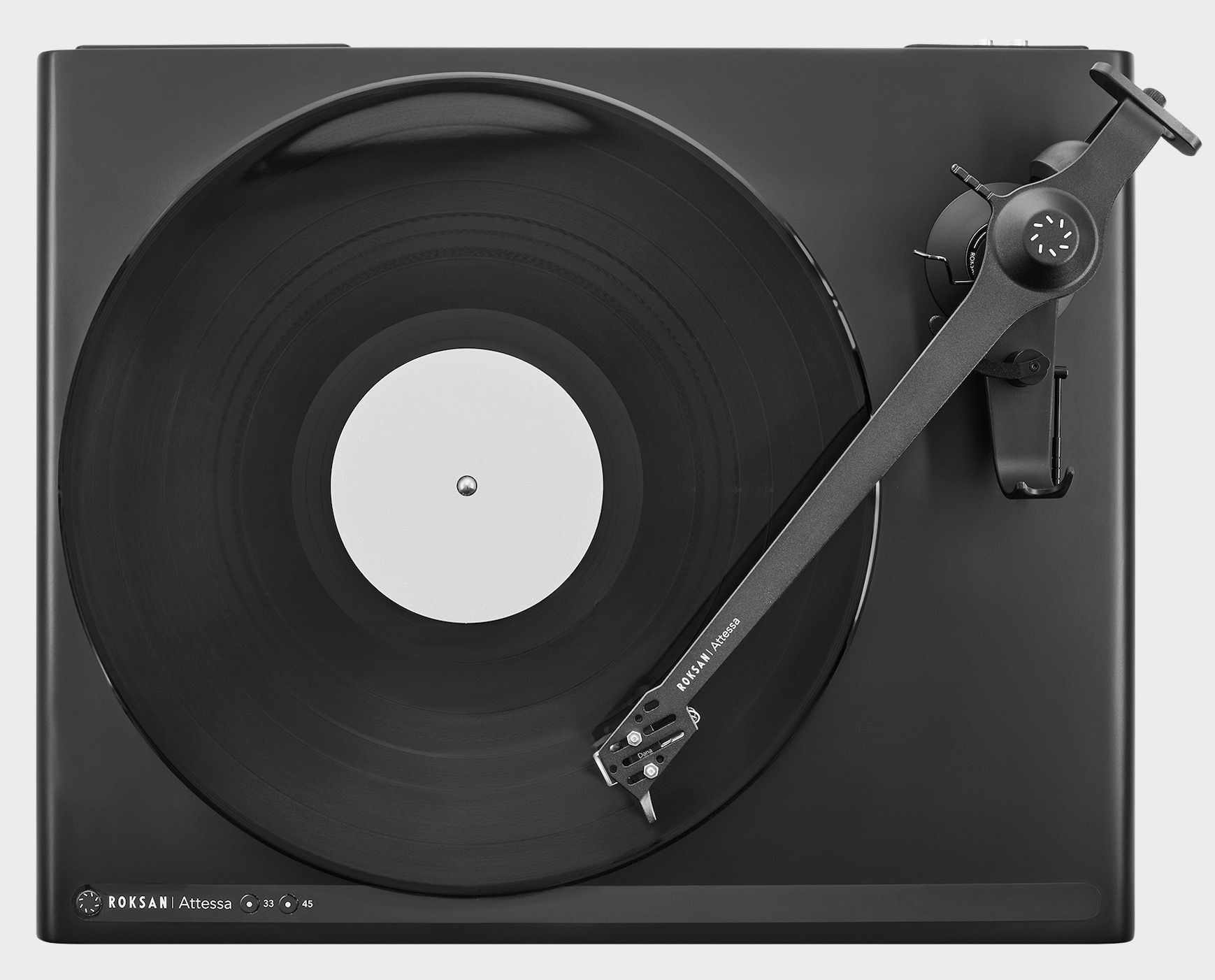
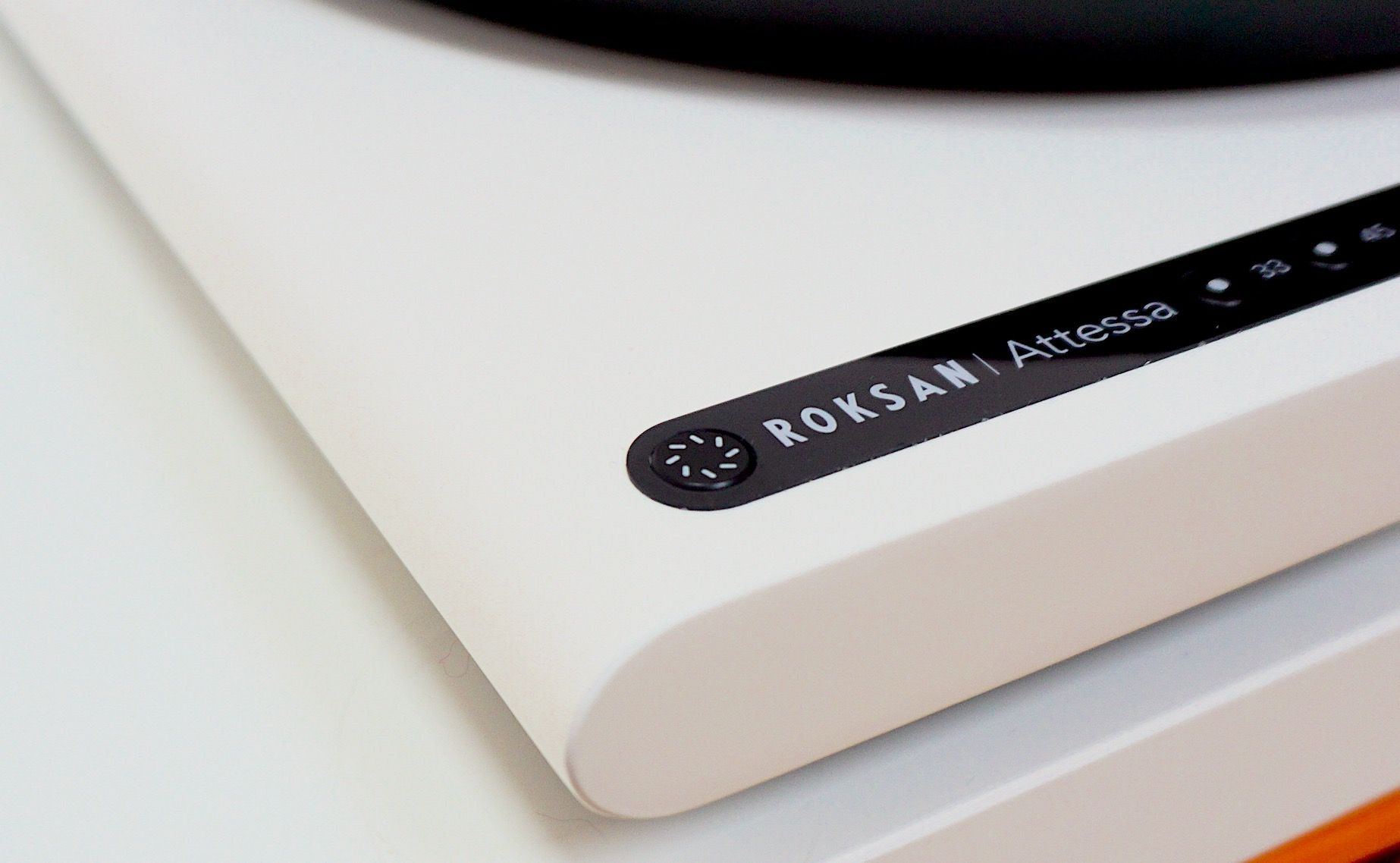
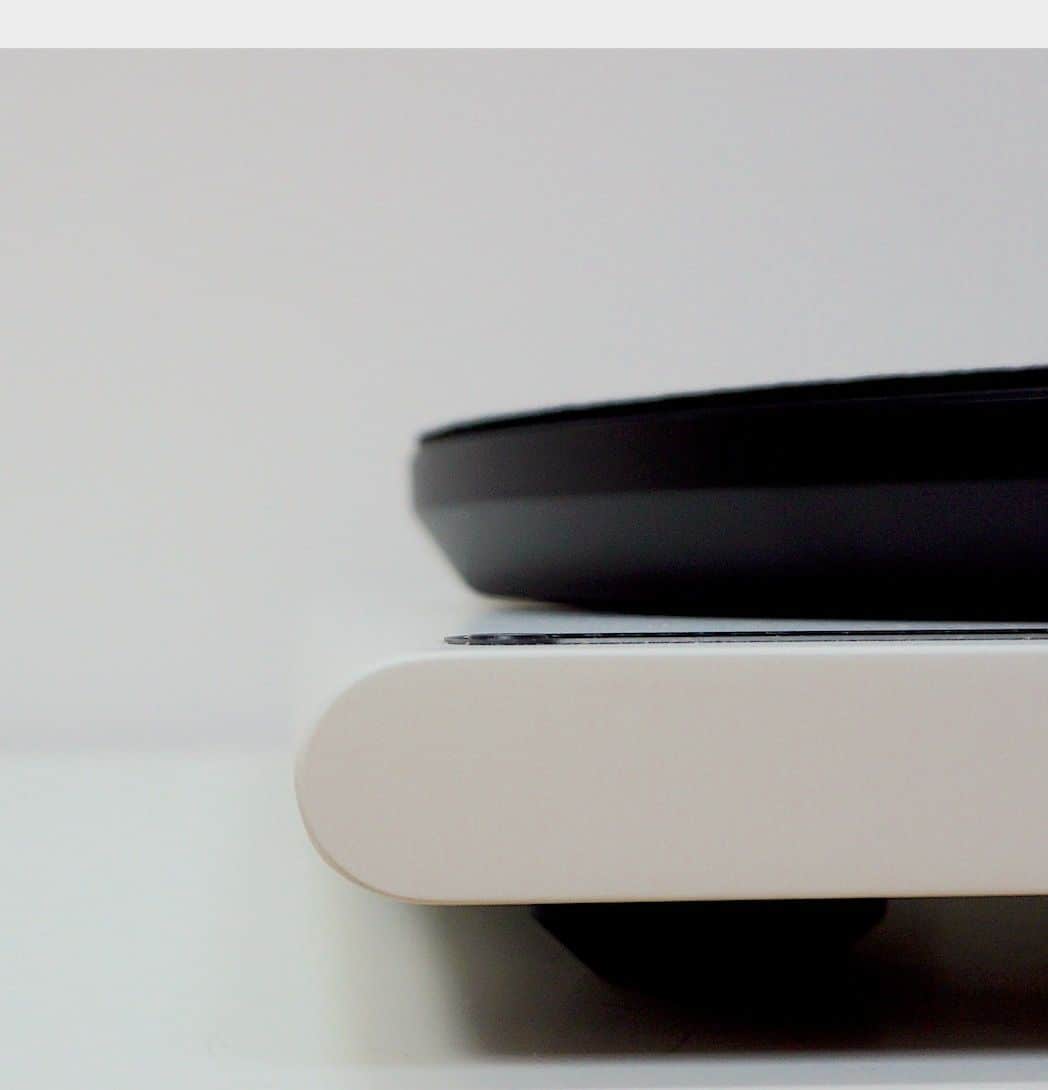
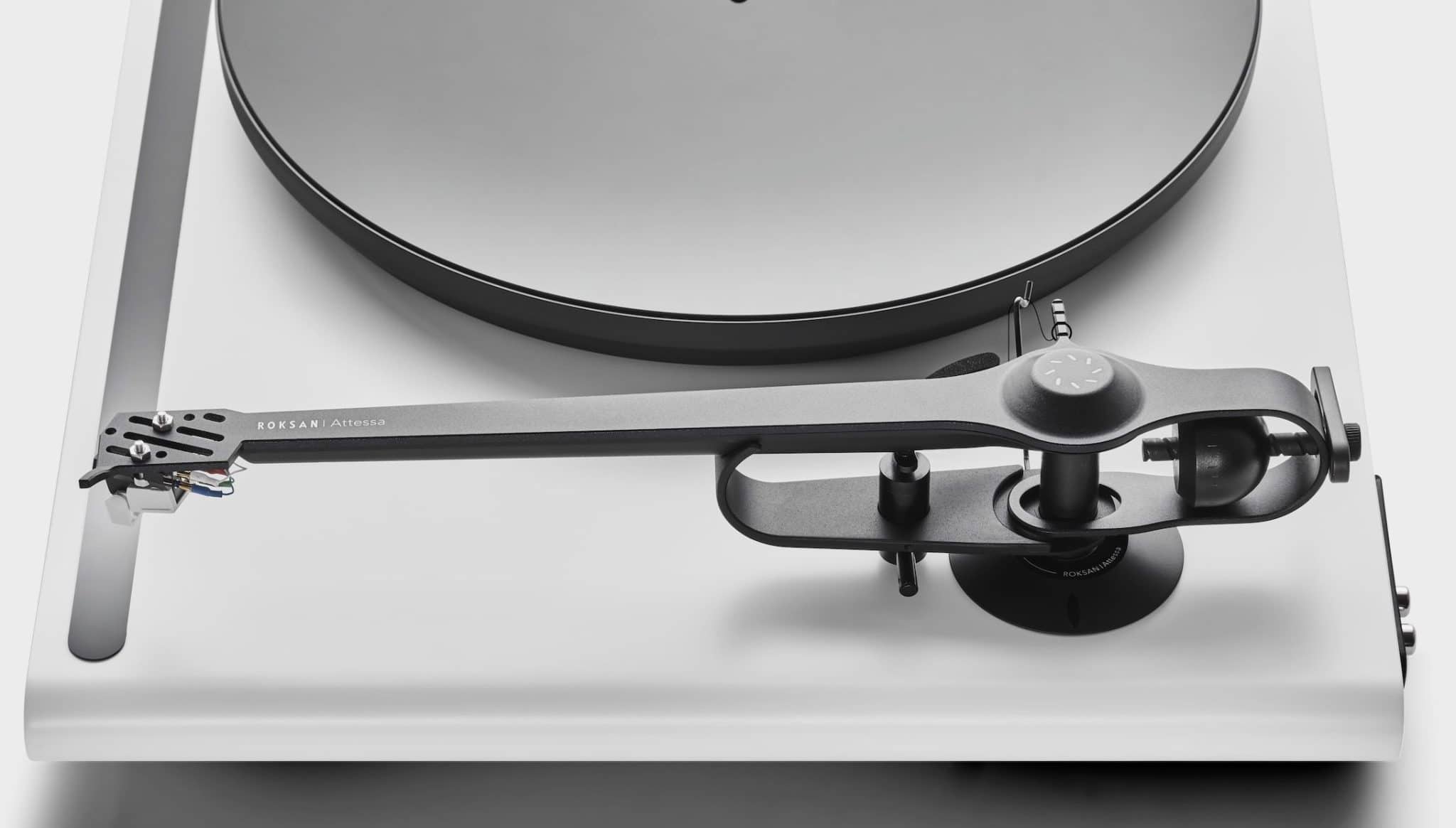


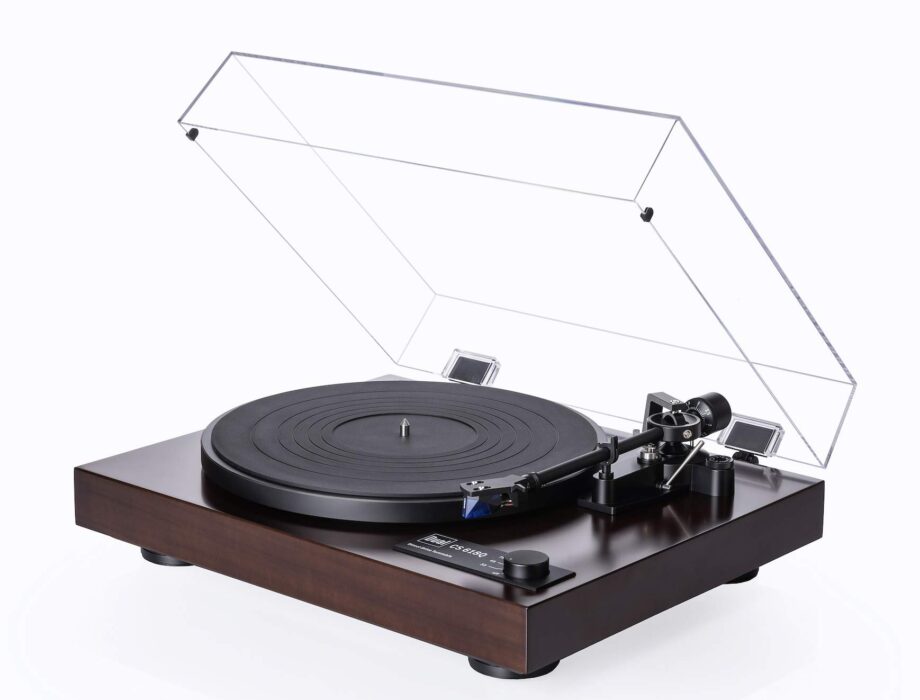
I’m somewhat surprised by roksan okay maybe it will sound dynamite and with the price tag it should, looks wise it’s just blah nothing really eye catching ecstatically, the cartridge doesn’t look up to much the only thing looking worthwhile and hats off to them is the connection leads to the cartridge and the tonearm, apart from that its looks are merely tepid if anything
Hi Paul,
Thank you for this review, did you have the opportunity to test out a dual turntable, they have 2 interesting direct drive turntables, one is their reference primus maximus and the other one which is more affordable is the cs 618Q.
The way the arm is built on the 618Q looks interesting .Did you have any experience with any of their recent models?
Have a great day
Thanks for that Eduard – no, haven’t yet seen the Duals. I’ll make a note.
Hi Paul. Thanks for the great review. Any recommendations on a possible replacement/upgrade to the stock Dana cartridge. Mine is sounding lacklustre.
Hi Eddie – are you looking for MM or MC and what’s your budget?
Hi, do you recommend an acyrlic mat instead of felt or the first upgrade to be external phono amp? Thank you.
What’s your budget, Emre? Can you list the rest of your system please?
My system is Audio Nirvana 10″Alnico full range speakers, Cherry Audio STM amplifier, Music Hall Cd player and Holo Audio Cyan Dac. My budget is 20 – 30 pounds for mat, 100 – 150 pounds for extra phono amp. I was all digital, and had Teac Tn300 turntable, quite new to turntable sound, now changing the turntable to Roksan Attessa (after reading your reviews)
Thank you very much.
Emre
Thanks Emre – I’d recommend getting the best phono amp (external model) you can afford to better take advantage of the Rocksan. (If you send a question in future, please wait for a reply – there’s no need to repeat the question. I have to clear each message because of spam issues but sometimes it may take a while because I can get busy here)
Thank you very much and I’m sorry for repeating so much (didn’t quiet understand the system, now I do). I’ll consider your recommendation as soon as I find the opportunity. Do you recommend any leather mat, taming just a little brightness (at 8khz – 10khz) and for a little bass boosting or do you recommend waiting a little bit more for “break-in” period? (I think the sound is expanding during this period) Thank you. (And I’m sorry once more)
It’s not a problem, Emre. Don’t worry about it. As for leather? I’ve never heard a leather mat that worked for me. It’s way too selective in the frequencies it damps and then it does that with a sonic sledgehammer. There’s far better solutions out there, often much cheaper too.
I auditioned this turntable today. My initial enquiry was for the Cambridge Audio Alva TT v2 but the Richer Sounds dealer didn’t have it in stock and recommended an audition for the Attessa in the meantime.
I didn’t feel that the Attessa offered any obvious improvements over my existing TT (NAD C558) but my NAD needs a separate phono stage with a subsonic filter (Cambridge Alva Solo) to match what the Attessa is able to do out of the box with an in-built phono stage. This is an impressive feat but, for me, it’s not a transformative upgrade.
I suspect that the £250 cartridge the Attessa comes with is bottlenecked by the in-built phono stage and would sound better with a more commensurate phono stage but for the upgrade I want the TT has to stand on its own. It can’t be propped up by accessories.
This is what I expect from the Alva TT v2 if and when I get to hear it. If the Alva TT, with all its bells and whistles, can blow my NAD out of the water with its in-built phono stage, it will be the upgrade I’m looking for.
I actually feel quite pleased that I was able to audition £3,000 worth of equipment and walk away feeling that it didn’t offer any substantial improvement on what I already have. It means my Hi-Fi system is doing its job.
Hi Paul,
Great review , I’m looking to upgrade the set up you helped with a couple of years ago, P1, Cambridge Audio Alva duo pre-amp , nagaoka Mp110 and active speakers. How would the Attessa compare to a Rega P3? Attessa is currently available for £600 ( retail £1100) . Any other recommendations in the £600 range ?
I prefer the Attessa, Shane. And yes, the Pro-Ject Pro.